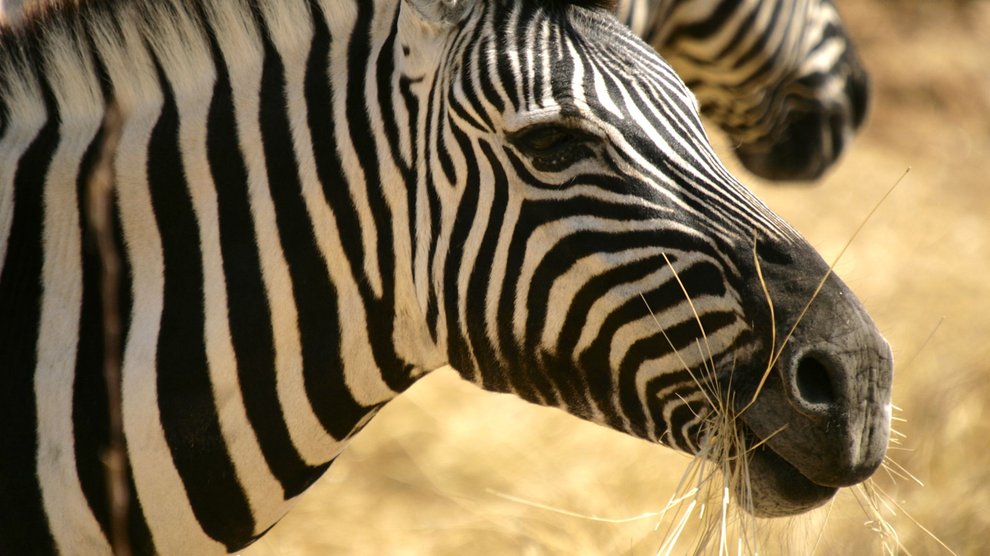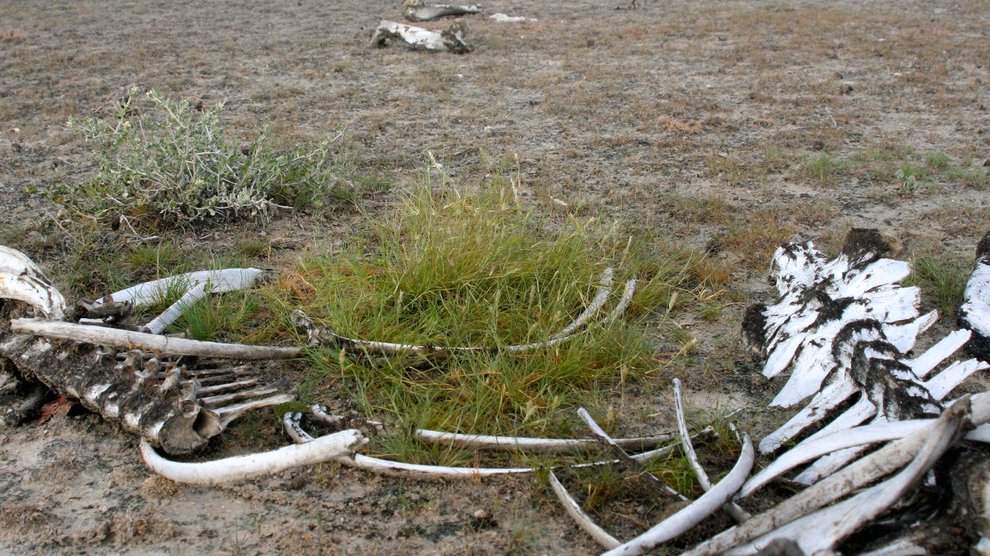Every pathogen has its primary host. For anthrax, that’s the zebra. In the African savannah, zebras suffer disproportionately from anthrax. For decades, scientists scratched their heads over why the striped equids are a favored host, but now they might have an answer.
Anthrax fertilizes zebras’ favorite meal, making the grass a more attractive meal and increasing the pathogen’s odds of infecting a new host.

The anthrax pathogen Bacillus anthracis lives a robust life. As a spore, it can survive inactive in the soil for decades. These spores can weather freezing, boiling, and arid conditions, even suspension in alcohol, something that kills most bacteria. When one of these resilient bacteria enters a host body—a plant-eating mammal or in rare cases, a human—it swiftly awakens and matures, laying the foundation for a deadly disease. When the infected animal dies, anthrax spores from its body return to the soil, waiting for their next victim.

In the soil, the spores may be working to tip the tables in their favor. Wendy Turner, a postdoc in disease and wildlife ecology at the University of Oslo, found that when she added the spores of B. anthracis to native African grass favored by zebras, Enneapogon desvauxii , their seeds were 50% more likely to germinate than in the presence of other kinds of spores. In other words, B. anthracis -laced soil gave the plants a head start. Even more macabre, when Turner exposed the same type of seeds to zebra blood—which would be present after a host succumbs to the disease—they grew 45% higher.
Turner then investigated 26 zebra grazing sites in Etosha National Park in northwestern Namibia to see if the anthrax pathogen, too, was benefitting from the interaction. Here’s Monique Brouillette, writing for Science earlier this week:
A total of 1.2 million photographs were taken over a 3-year period. Careful analysis showed animals were as likely to visit the anthrax-laden sites as the control sites. But they were four times more likely to graze at the anthrax sites , exposing themselves to the deadly pathogen, Turner and colleagues report online today in the Proceedings of the Royal Society B . The strongest preference for munching on infected grass was observed in zebras , which also have the highest incidence of anthrax infection, followed by wildebeests and springboks.
Turner and her team’s findings paint a picture of anthrax’s life cycle that’s far more complex than originally anticipated. Like parasites that control the minds of their hosts , anthrax appears to be a deft manipulator of its environment and its hosts to give itself the upper hand.


